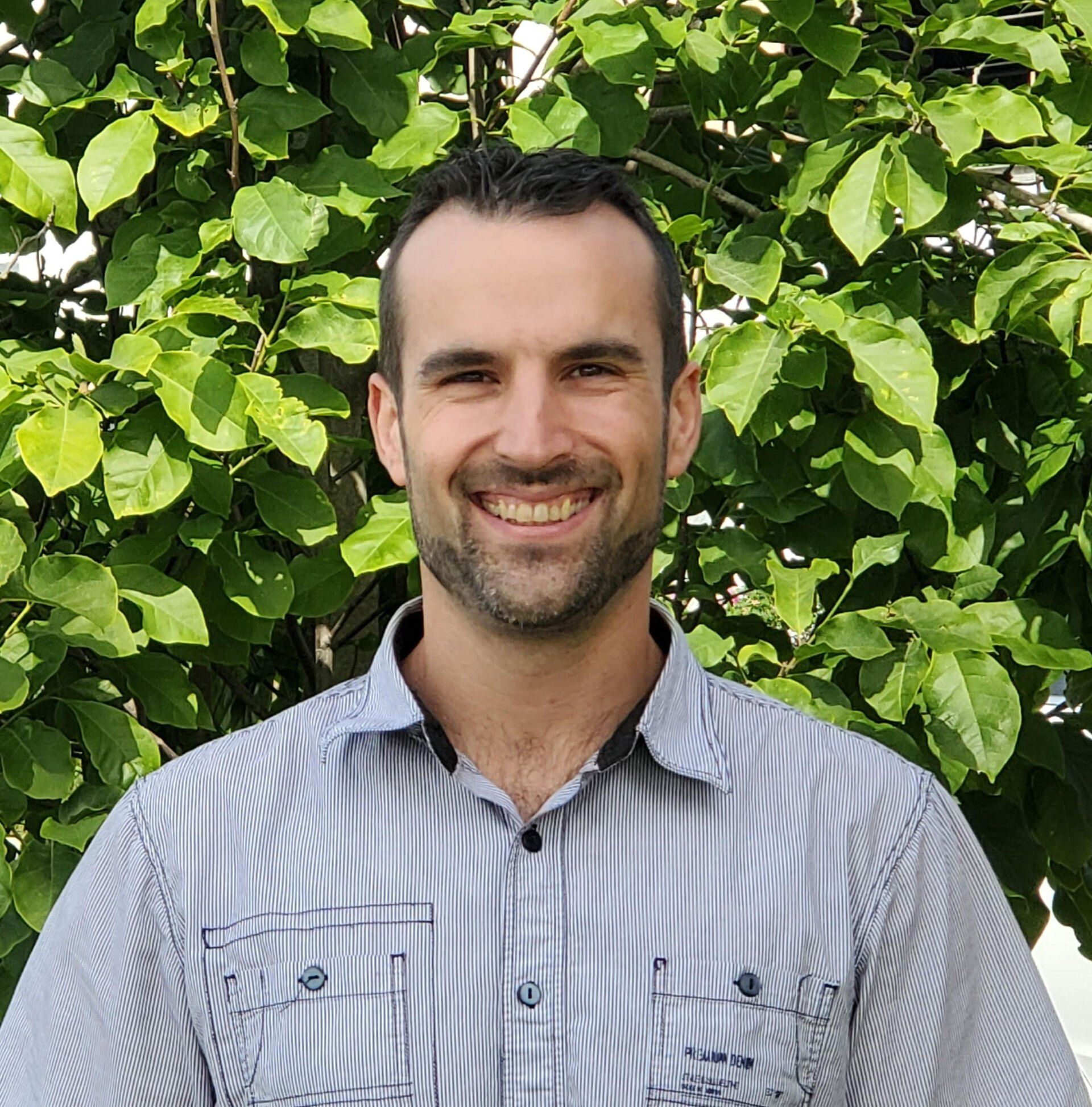By Rhys Green
•
March 13, 2023
1. Make faster decisions Waiting is 1 of the 8 types of waste. If you’re unfamiliar, these are like the 7 (or 8 I guess) deadly sins of efficiency. There is seldom a Team Operations workshop that goes by without 80%+ leaders attending identifying waiting on decisions in their top 3 types of team waste. The quicker we can make decisions the less down time a team member who has a small breadth of tasks to work on and nothing to switch to, will have. For those team members who can switch tasks there is still a cost. Some studies have cited up to 40% productivity loss due to task switching. So if we can make fast decisions and help keep your team focused in the moment there is huge productivity upside. 2. Create and guard meeting free time Shopify recently made headlines for cutting close to 400k of hours out of their business by reducing meetings. You don’t have to save that many hours to have a meaningful impact on your team's productivity. You also don’t need the entire company to cut out meetings to have an impact. Even having a rule that’s specific only to your team like, Wednesday mornings between 9 & Noon we don’t accept meetings, can have a huge impact. On a team of 10 in a large organization stringing together 30 hours a week or productive time will change the game. But don’t just take my word for it. ‘Meetings and More’ published in 2014 in the Journal of Occupational Health Psychology found that by reducing meeting load, teams were able to reduce the associated exhaustion and increase overall productivity significantly. 3. Find individual time of day productivity There’s a great book on this very topic by Dan Pink, which I’d highly recommend. In case you don’t have time for reading books. Which, let’s face it, you don’t. Here is most of what you need to know. There is a theory that we all have times of day at which we are most likely to peak our productivity. I know I personally have a golden window (which is what I called it before I knew it was an actual thing, researched by science types) between 7am and 11am when I am at my most productive with the least amount of effort. The productivity gains can be huge in helping people find their own peak productivity timing. There’s even a free online survey they can take to help them figure it out more easily. Although my experience has been that once you talk about this concept most people are like “ahhhhh that makes so much sense, I think mine is x”. 4. Teach them about habits I used to smoke… I know gross. And two things helped me stop. I noticed that people who drove nice cars didn’t smoke and I wanted a nice car I learned about habits and how to manage them. Now I don’t know if point 1 is true, or just something my brain did to help me. If it’s the latter, thanks brain. But I do know point 2 has a mountain of evidence to support its efficacy (including my own personal experience) in increasing productivity and helping teams of people hit their goals. Again there are some great books on this. But the basics of what you need to know are in the image of the habit loop (from The Power of Habit). Additionally my experience in talking to team members about habit change says there are two places you’ll need to guide them most. Habits are better shifted not removed. If you’ve got a habit that’s not serving you. You’re better off trying to replace it than stop it. Remove Barriers. We’re all pretty lazy by nature. So if we really want to set a new habit we need to remove the things that make it harder to do. Kind of like that episode of the Simpsons when they lose Homer but Marge knows he will be at the bottom of the hill. Because he will always choose the easiest way. We’ve gotta make the better habit the easier habit. 5. Help them see their habits Tasha Eurich talks about self awareness. Her stats highlight just how self aware we think we are. And just how self aware we actually aren’t. To that end, through active observation and feedback we can help our teams improve their productivity by showing them the habits that aren’t serving them, that they probably can’t see. Habits are funny like that. Because we do them automatically and they’re often triggered by something other than our intent, we don’t see them. Then we wonder why we can’t hit our goals. If you’ve got a sales person whose first action upon arriving at the office is to grab a coffee and chat with someone for 20 minutes, they’re probably not trying to get out of making their dials. They’re probably just set in a habit that’s not serving them. Show them that a better habit would be to sit at their desk right away, get their dials done and then reward themselves with a coffee at the end to reinforce the loop. 6. Get rid of non-essential tasks Have you ever had a team member leave and been surprised by some of the stuff they were working on? We all have, don’t worry. I call it Task Debt. But I’m sure someone, somewhere has researched it and has a better name for it. And we all have it. It’s so common, particularly for long tenured and diligent team members to just collect tasks and keep doing them without really thinking about whether they still need to get done. It’s worthwhile doing a periodic task audit. Make sure you’re very clear at the beginning, that no one is getting fired (unless they might be in which case don’t lie about it). Then have all your team members keep a task log for a week or two (whatever time frame makes sense for the timelines tasks typically recur on, on your team). Go through them all as a group and include any stakeholders you’re team is delivering stuff to. Rate them on impact and effort. Get rid of all the low impact items. Comment Gimme and I’ll DM you the task log we use @trailblaze Partners. Repeat every 6 months or so. 7. Be clear about what good looks like Kinda the same reason as point 6, but on the non-recurring end of the spectrum. You ask a team member if they think the team needs to hire a new team member. 3 weeks later you’ve forgotten you asked for their opinion and they show you the deck they’ve prepared that makes the business case for the new hire, a list of potential candidates and it’s all presented with beautiful graphics and a wonderfully curated soundtrack. Should have been more clear you were just looking for a quick gut check. Again we’ve all been here. On both ends. The best way to avoid this is to be really clear about what you’re asking for and what good looks like. In this case, good was just “hey what’s your immediate reaction to this thing”, not I need a deck I can take to the board so we can hire this person ASAP. 8. Make Resources Easier to Find “Oh yeah, we’ve got that somewhere. Just ask Jimmy I’m sure he’ll know where it is” Your team member then goes on to spend the next hour looking for the JD template, when they could have probably just written a completely new one in that time. I’m terrible for this one. Jerry is great. Our shared folders in Google Drive are so well organized. Now I can never figure out the organization system. But that’s a lot less to do with its quality and a lot more to do with my memory for those types of things. All that’s to say, things like folder systems, document naming conventions etc can save hours every day. Particularly if you have a team that needs to reference a lot of different documents really regularly. It also guards against losing Jimmy’s knowledge when he leaves. 9. Remove Steps from tasks Short cuts get a bad rap. And similarly to habits, when we’ve been doing something a certain way for a long time it gets really difficult to see it for what it is. My wife gives me shit about this all the time. I drive the slowest way home from picking our girls up from school so often. Mostly because I’m just not concentrating and taking the route I have always taken. She is always hunting for the fastest way, finding new roads with more lanes or better turning lights. Process is the same. For the most repetitive and time consuming tasks. Sit down with your team members and go through them together step by step. Ask yourselves the question, why do we need this steep? What does it add for the rest of the process? Could we deliver the same value without it? The answers to these questions will help you decide what you can get rid of and what has to stay. 10. Give them more breaks/insist they take breaks - Recharge policy In 2016 there was a study published proving what most of us already know. Taking breaks helps us get more done. It was called Give Me a Better Break. The irony here is that I have now been writing for about 3 hours straight. But it’s ok, I’m in my Golden Window. So how can you help your team members? If they’ve got a schedule where some specific type of work needs to be covered at a certain time strictly e.g. retail or call centre. Just schedule more breaks for them and give them more meaningful stuff to do on the break e.g. go outside for a walk. If not, then it’ll likely be up to your team members to decide when they take breaks. It can be as simple as sitting down in their next 1:1 and going back through their calendar for last week to see how many breaks they took. Or just asking from time to time, “when was the last time you took a proper break?” Not only is it good for productivity, but it’s great for the humans you’re working with! 11. Support Mental Fitness I’d be remiss not to talk about Mental Fitness here, but given that this is post 11 of a 12 post series I’m not going to be able to get too deep into it. Suffice to say, things like exercising and meditation have evidence to support their positive impact on productivity (Conner & Puetz 2018, Serhan & Sedak 2019) and make up just some of the many tools in the Mental Fitness tool belt. 12. Matching Work Types to Intrinsic Motivation This last one is a little less tactical, but no less impact-i-ful (see what I did there?) When we get to know our team members, what they love to do, when they’re working but feel like they’re at play, we can begin to help them find more of those tasks. This is what’s known as intrinsic motivation. The stuff we do just because we like to, because it feels good, because it taps into our higher order needs. Things like the need for Autonomy, Purpose and Mastery. But this is why I saved it for last. It’s probably the most difficult to do well. It requires a very open and honest relationship with your team members and a role that’s exceptionally well suited to what they’re good at/like to do.. There’s way more to it than I could fit in a single short form post like this. But it’s worth a mention, and will hopefully get you going down that lane to learn more about it yourself.










